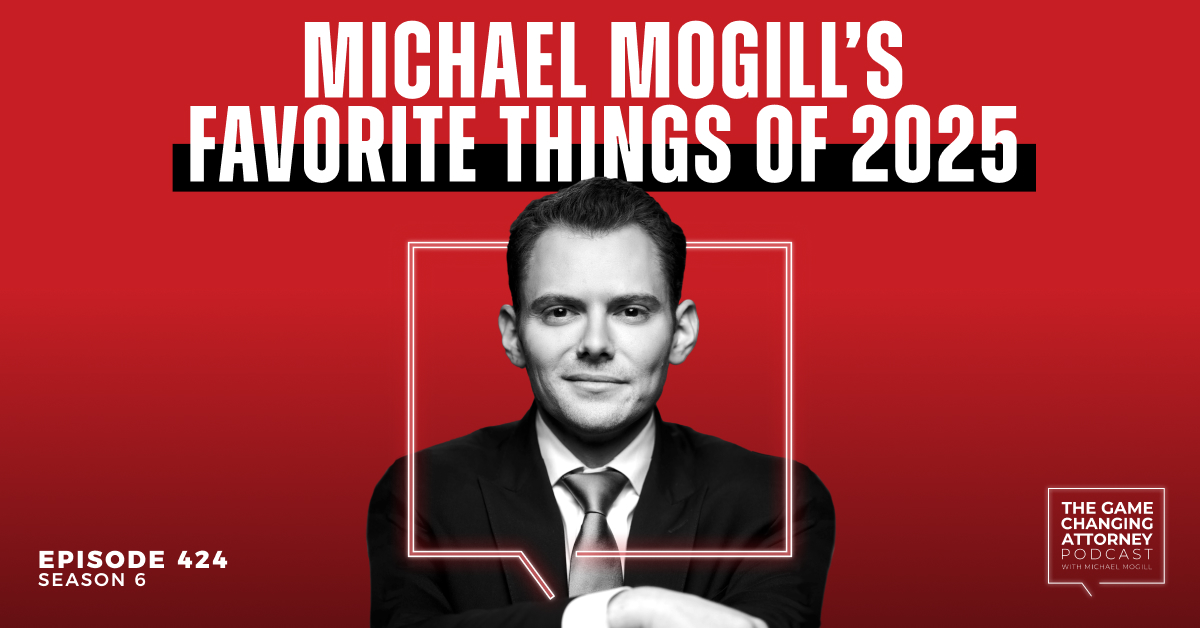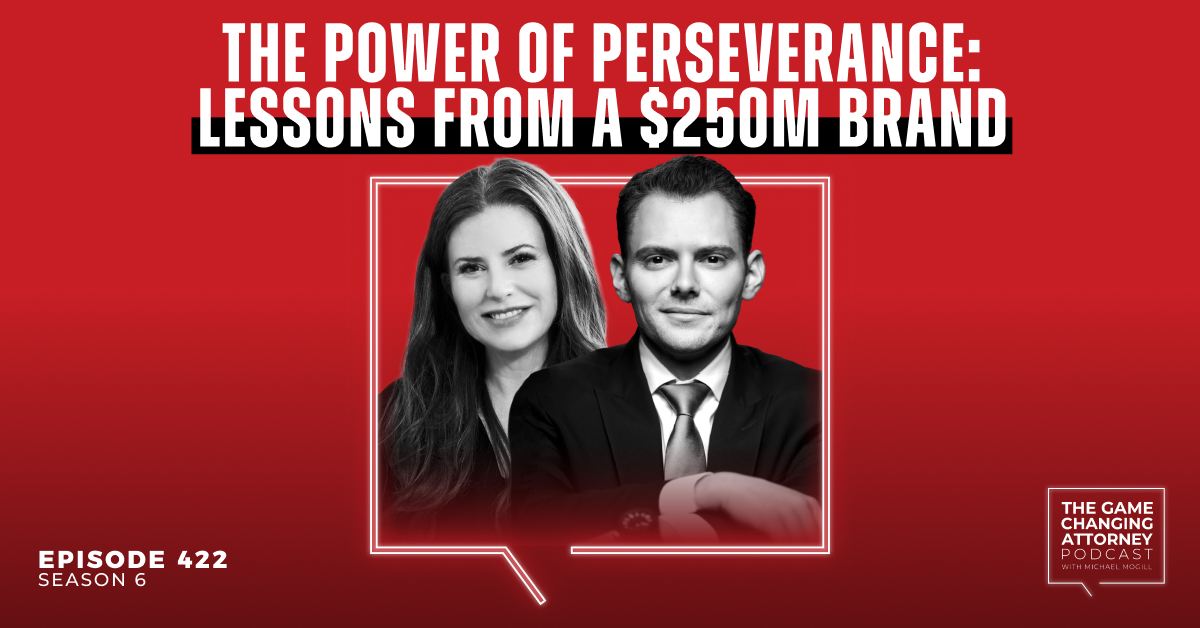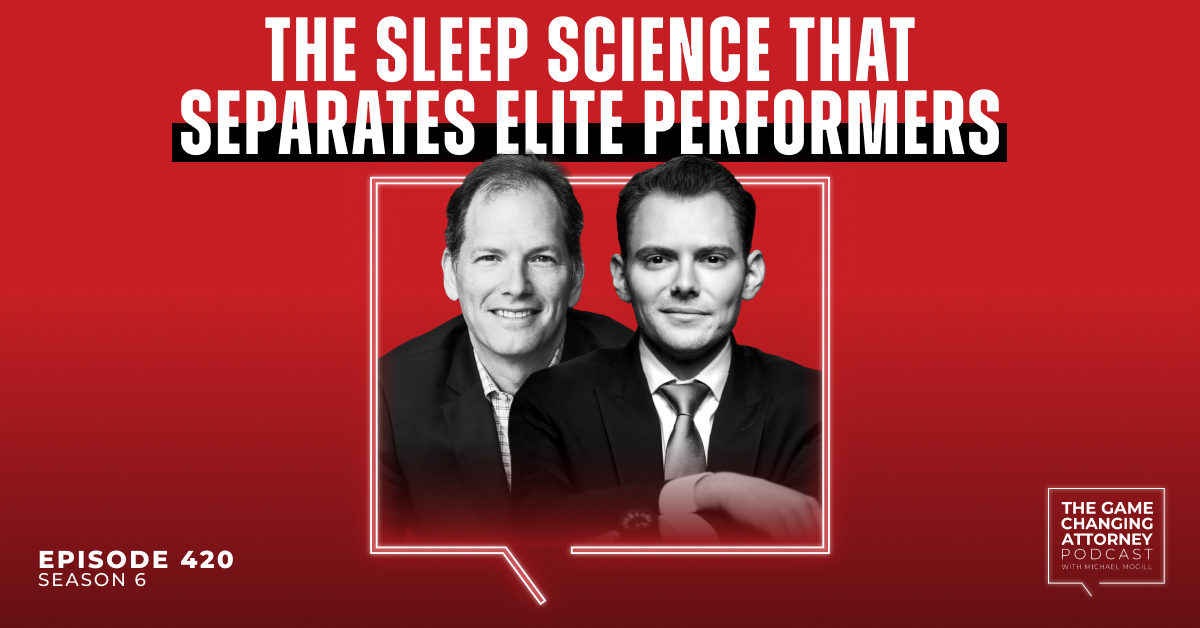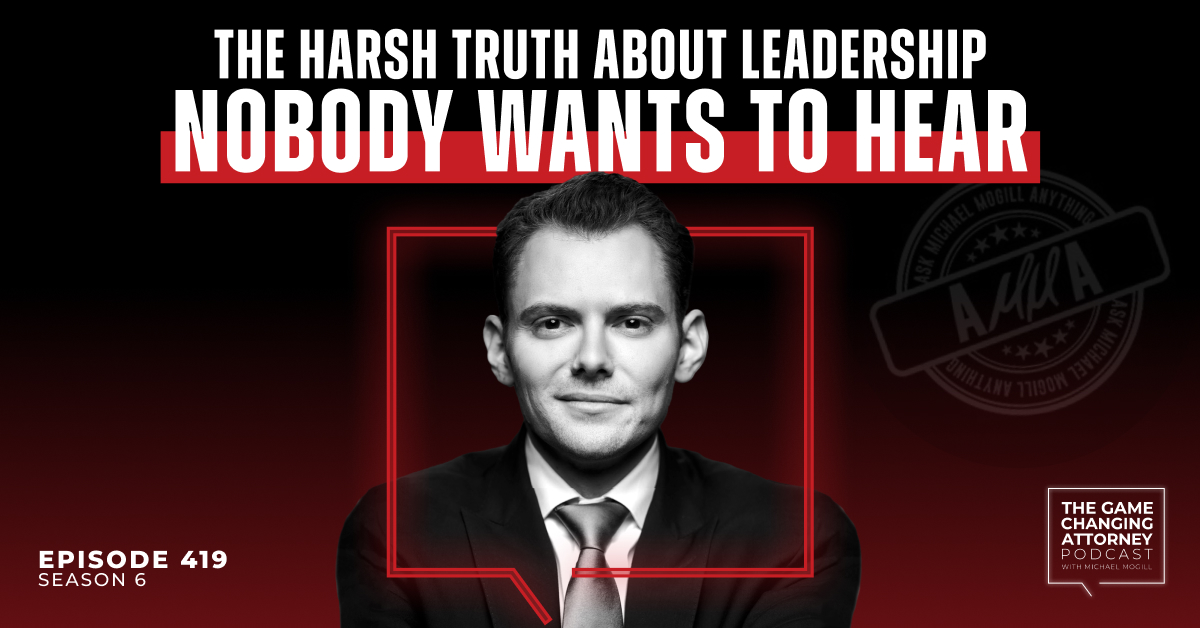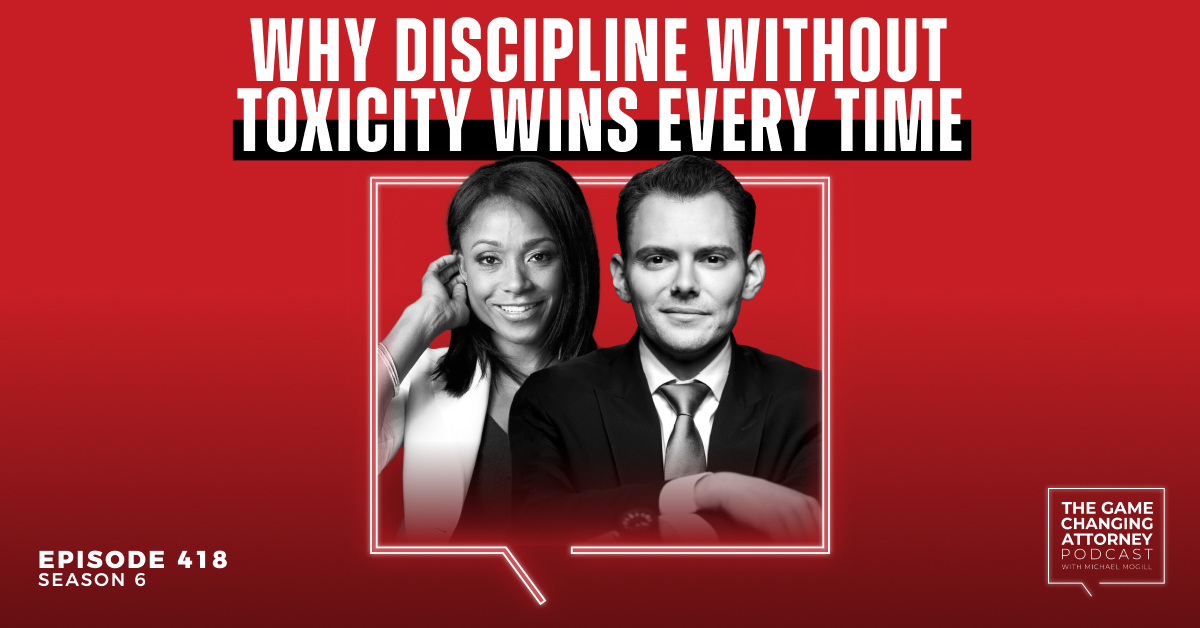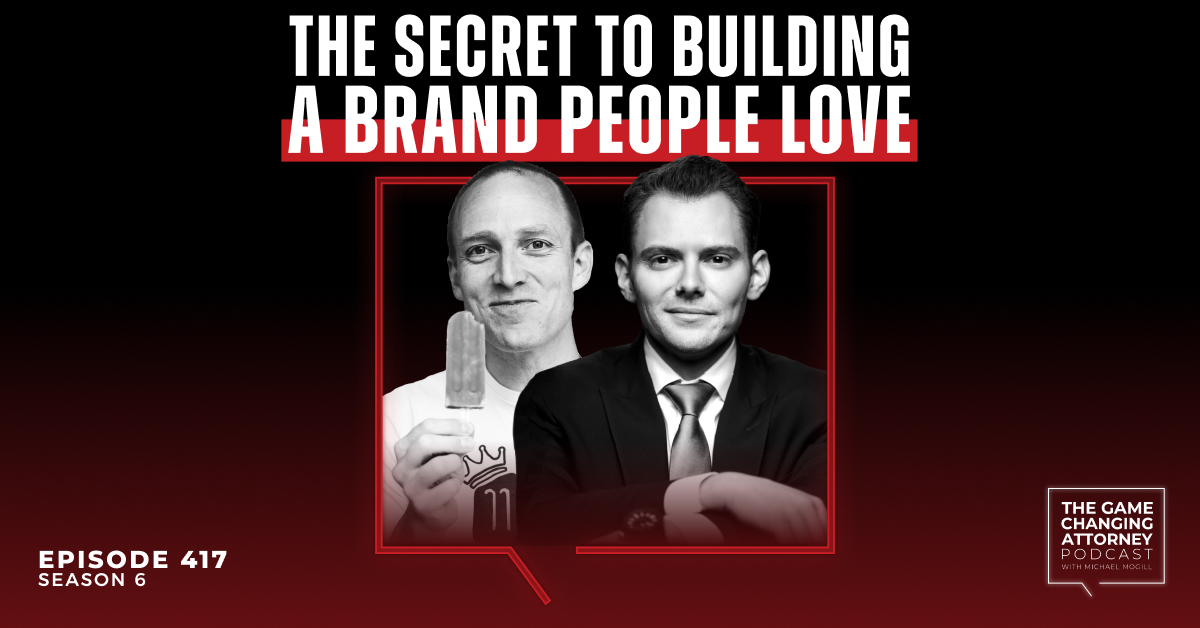
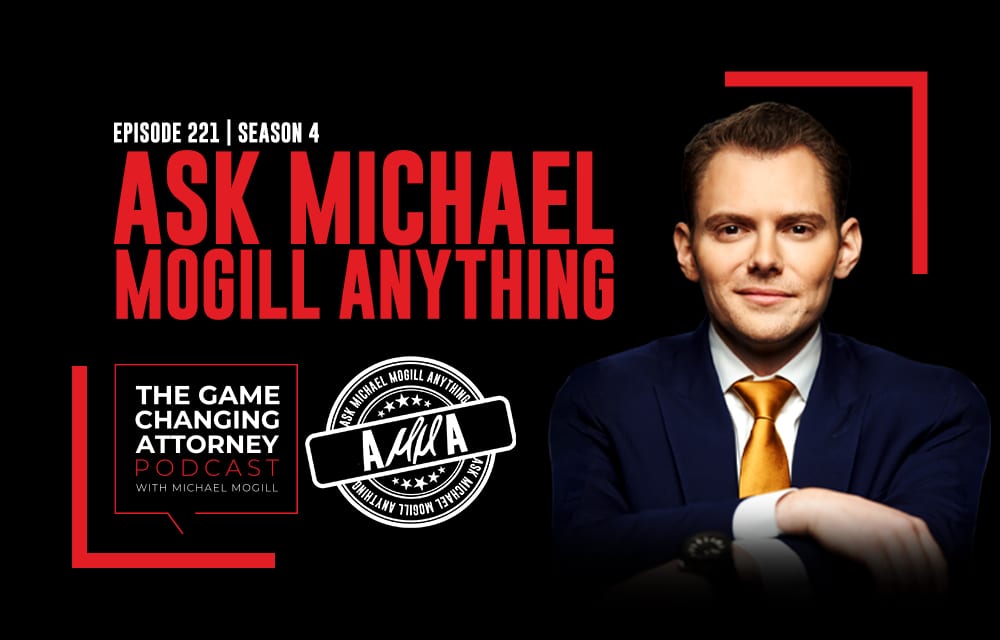
Episode 221 — AMMA — How to Lead A-Players and Maximize Team Potential
As a business owner, you will employ both high and low performers — and it’s your responsibility to lead each of them effectively.
In this episode of The Game Changing Attorney Podcast, Crisp Founder & CEO Michael Mogill and Crisp Head of Coaching Strategy Jessica Mogill sit down to discuss the strategies they’ve learned growing their own organization, including:
- How to identify and nurture talented A-players
- Why leadership and management aren’t necessarily the same thing
- How to know when to let go of an underperforming team member

Listen & Subscribe
Show Notes:
How to know who you’re dealing with. “A very simple way to identify an A-player is to ask yourself: Do they make your life easier? That is one just point-blank type thing. And then to look on the other end of the spectrum for a C-player, do you dread meeting with this person? Is this person just a complete vampire suck of your energy, your time, everything else?”
Giving tougher challenges to top talent. “Have they done anything that’s related to this type of task? Maybe just not at the scale before, but have they done things that helped to build their own confidence? Let’s say we’re talking about like some sort of marketing campaign, for example, and they’ve done something on a smaller scale now that can be built upon where you’re giving the accountability to take on a campaign of a larger scale. But if they’ve never done anything related to that before ever — like not even close, no commonalities, no similarities, nothing — and you’re just going to throw that on somebody, well then it very much is going to be a sink or swim type of situation. There are those that are still going to step up. It’s just, do you really want to put somebody in that type of position where they’ve never gone swimming before and you just throw them in the water?”
Let your team struggle. “Usually what happens is they’re not developing people because they’re not giving them challenging enough work, or when they’re seeing them struggle, they’re pulling that struggle away from them because they’ve already either solved that problem or they know how to solve it. You want to let people sit there and struggle. You want them to actually like think critically, to try things out, to be able to ‘fail’ and then try something else. You don’t want to remove all challenge and adversity from someone because you’re robbing them of that ability to grow. So more often than not, I think when people are assigning tasks, they’re probably not giving somebody enough of a challenge and not enough of a push than the other way around.”
Don’t make growth equal leadership. “Sometimes you’re looking around and saying, ‘Hey, I really need a leader right now for either this department or this area of the business,’ and you look at someone in your organization who’s a high performer, and you think that because they’re a high performer and whatever it is that they’re doing, they would also make for a great leader. So then you put them in this role and they fail and they’re not successful. Why? Well, it’s because the skills that they had that were allowing them to be successful in their role as an individual contributor have nothing to do with the skills necessary to be an effective leader.”
How to know when it’s time to fire. “You want to control for as much as you possibly can. You want to make sure that somebody knows how to do their job: They’ve received sufficient training and development that they know what is expected of them. You’ve provided them with that clarity and what the standards are, what the expectations are, what great looks like. You want to make sure that you’ve provided them with the resources they need to be successful: They have a computer. Maybe they have internet access. They have the software that they need. That the infrastructure is there for that person to succeed. At that point, you’re setting them up for success. Now, the thing you cannot control in other people is their effort. But if you’ve controlled for everything else — meaning that you’ve provided somebody with clarity, resources, training, they know how to do their job, they know what’s expected of them — and then they’re just not doing it, well, that’s when you know.”
Connect with Michael
- Text directly at 404-531-7691
